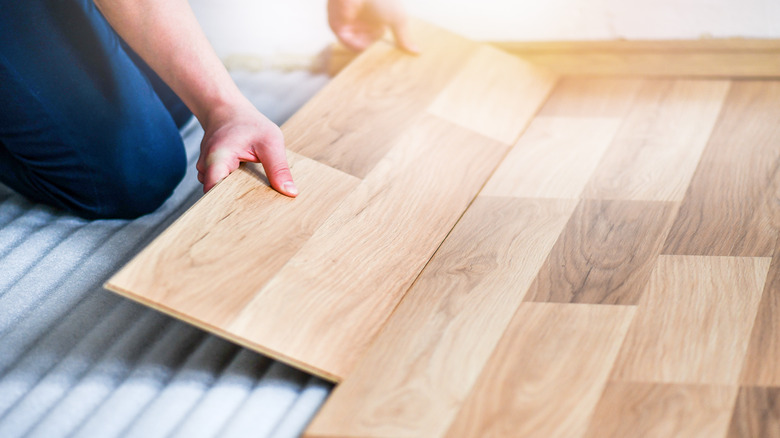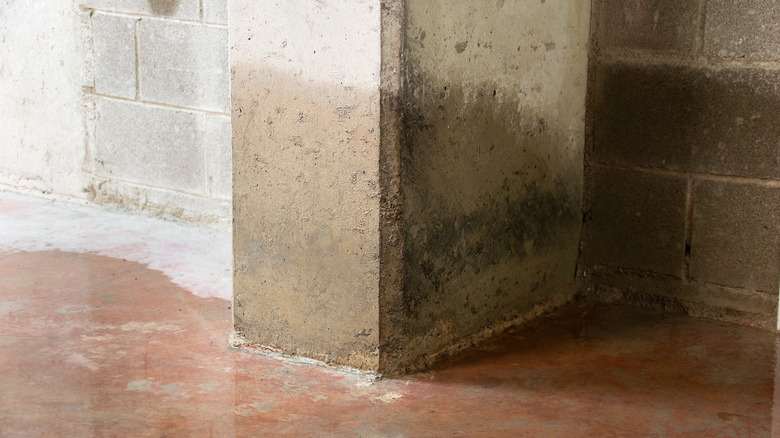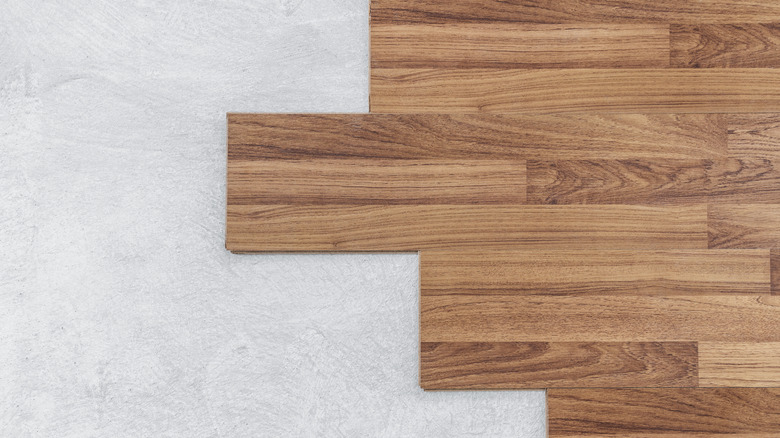Take These Precautions Before Installing Laminate Flooring In A Concrete Basement
If you are fortunate enough to have a basement, it can be a valuable area of your home. Remodeling reports that basement remodels have an average return on investment (ROI) of 70%, which is more than remodeling your kitchen or bathroom. In many cases, you don't need to go all out to turn your basement into a usable space, fit for both your family and potential buyers.
One of the bigger eyesores in your basement is likely the flooring. Brick or stone walls are incredibly versatile, and proper lighting, furnishing, and decoration can revive even the dullest or darkest of rooms. Concrete floors, though, aren't just unpleasant to decorate around, but hard and uncomfortable. Laminate flooring is a cost-efficient flooring option for many areas of your home. Considering the ROI coupled with the low cost of the flooring material, is it the ideal pairing to renovate your basement with? Well, there are some precautions to take before installation.
Causes for concern
There's a reason most basements are designed with concrete floors. Basements sit under the first floor of your home, and most of the time this means underground. This introduces a whole host of problematic factors — mainly, bugs, rodents, and weather conditions. The moisture in the ground provides excellent conditions for mold to grow, or water damage to incur. Concrete can fend off all those potential issues.
That doesn't mean that your basement isn't still subject to excess humidity and moisture, though. If there's excess rainfall or flooding and your basement is properly sealed, concrete alone may not be enough to keep out the water. Meaning, if you install laminate flooring and your home experiences water damage, the laminate could warp and rot if you don't take proper precautions. Even in normal situations, laminate may not be able to withstand the increased moisture in your basement if you don't check beforehand.
Prevent water damage
One of the benefits of laminate flooring for rooms like your kitchen or bathroom is that it's waterproof on the surface. However, most laminates are made with fiberboard backing, which can pose a serious issue in your basement. Before going ahead with your laminate installation, make sure you find one that is not just waterproof on top, but on the bottom as well.
You should also make sure your basement is suitable for laminate, as some may be simply too moist for even waterproof options. If your concrete floors are consistently moist, for example, it's likely not a good idea. You can use concrete moisture meters to check this, though they can be pricey. A cheaper alternative is to tape a sheet of plastic to the floor and leave it for at least 24 hours to see how much moisture accrued underneath.
If your basement is suitable for laminate flooring, then there are a few final steps to take before installation. Firstly, make sure all potential sources of water damage are reduced where possible. If your water heater or washing machine are in the basement, check them for leaks or damage. Clean your gutters, too, and point the downspout drain away from your basement if possible. Finally, be sure to seal your concrete floors with a waterproofer.


